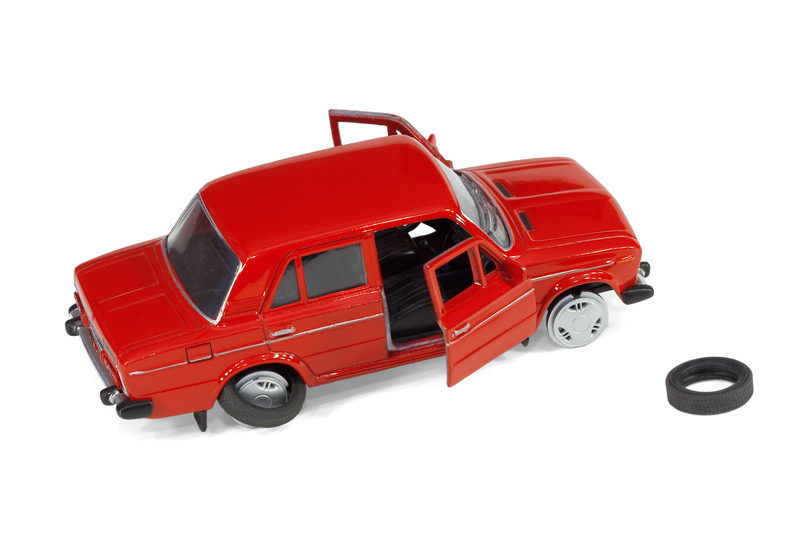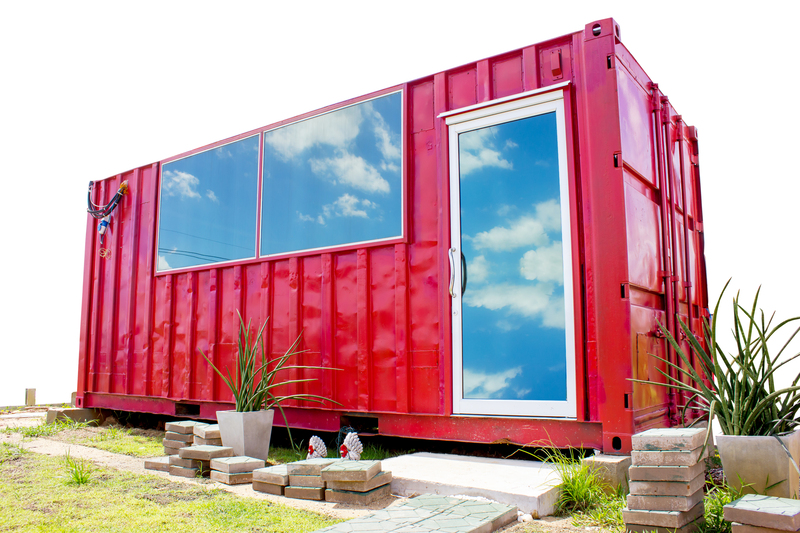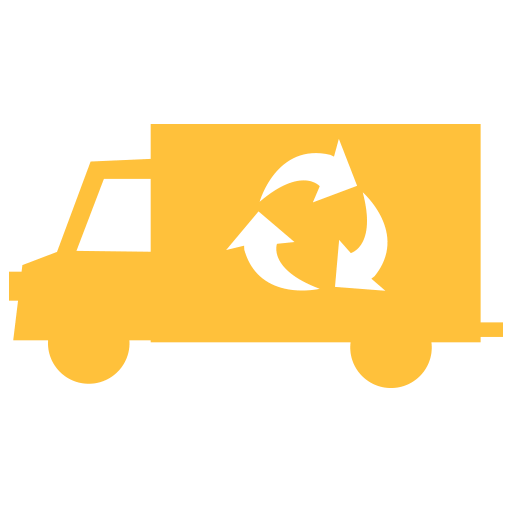Effective School Recycling: Tips for Success
Posted on 03/09/2025
Effective School Recycling: Tips for Success
As environmental concerns become increasingly urgent, schools are in a prime position to foster greener habits among students, teachers, and staff. Effective school recycling not only diverts waste from landfills but also engrains lifelong sustainability values in young minds. In this article, discover comprehensive strategies, actionable tips, and creative recycling ideas designed to help educational institutions build successful and impactful recycling programs.

Why Focus on School Recycling Programs?
Schools produce a significant amount of waste daily, from paper and plastic to food scraps and electronics. By prioritizing school recycling initiatives, educational institutions can:
- Reduce their environmental footprint
- Lower operational costs through waste management savings
- Educate students on sustainability and responsible resource use
- Create a healthier, cleaner learning environment
- Set a positive example for the community
Implementing effective recycling in schools is a crucial step towards a sustainable future.
Steps to Launch a Successful School Recycling Program
1. Assess Your School's Current Waste Situation
An effective recycling strategy starts with understanding what types of waste your school produces and how much.
- Conduct a waste audit--review trash bins to analyze the most common recyclable and non-recyclable items.
- Identify high-waste areas such as cafeterias, classrooms, and administrative offices.
- Engage students in the audit for valuable hands-on environmental learning.
2. Assemble a Green Team
Creating a dedicated team significantly boosts the efficiency of school recycling programs. This team can consist of:
- Students passionate about sustainability
- Teachers or staff coordinators
- Parent volunteers
- Custodial and maintenance staff
Assigning roles and responsibilities ensures everyone stays engaged, from monitoring recycling stations to organizing educational campaigns.
3. Set Clear Goals for School Recycling
Define what you want to achieve through your school recycling program. These goals might include:
- Reducing landfill waste by a specific percentage
- Increasing the amount of recycled paper, plastic, or e-waste
- Involving the entire student body in recycling activities
Clear, measurable goals provide direction and motivation for your school recycling initiative.
4. Choose the Right Recycling Bins and Locations
The success of school recycling efforts often hinges on simple accessibility. Consider the following:
- Use color-coded, well-labeled bins for different types of recyclables (paper, plastic, metal, e-waste, compostables).
- Place bins in high-traffic and key waste-generating spots: classrooms, cafeterias, hallways, staff rooms, and playgrounds.
- Ensure that bins are at an appropriate height for all students, especially younger children.
5. Build Partnerships with Local Recyclers
Forge alliances with local recycling centers, waste haulers, or municipal waste management departments. These partners can:
- Provide specialized bins and collections for difficult-to-recycle items (e.g., batteries, electronics).
- Offer educational workshops or facility tours for students.
- Report back on the amount of material diverted from landfill, which can motivate students.
6. Educate and Involve the School Community
Information is power! An effective school recycling campaign thrives on widespread participation. Use the following outreach methods:
- Posters and labels outlining what can and can't be recycled
- Classroom lessons and hands-on recycling games or activities
- Recycling competitions between grades or classes
- Assemblies and guest speaker events
Remember, ongoing education strengthens your school's culture of recycling success.
7. Monitor Progress and Celebrate Achievements
Tracking your program's results is key to long-term success. Regularly:
- Record the amount of each material recycled
- Recognize and reward classrooms or groups with the most improvement or participation
- Share progress during school assemblies, newsletters, or social media
This fosters a sense of accomplishment and motivates continued effort.
Advanced Ideas for Successful School Recycling
Integrate Recycling into the Curriculum
When recycling is connected to learning, students are more likely to embrace and sustain positive habits. Consider:
- Science projects that measure and analyze waste reduction
- Art projects using upcycled materials
- Math lessons calculating the impact of recycling efforts
- Research assignments on global waste challenges
Curriculum integration reinforces the value of recycling and sustainability.
Compost Food Waste
Cafeterias produce significant organic waste. Composting is a highly effective way to divert this from landfill and educate students about natural cycles. Tips include:
- Set up labeled compost bins in cafeterias and staff kitchens
- Engage students in maintaining classroom or school gardens fed by compost
- Host composting workshops led by local gardeners
Composting can provide a tangible, hands-on learning experience while reducing school waste.
Address E-Waste Properly
With the technological demands of modern learning, schools generate a surprising amount of electronic waste. Ensure:
- Obsolete electronics are collected separately and sent to certified e-waste recyclers
- Regular "e-waste drive" events for staff, students, and their families
- Education on the environmental risks of improper electronics disposal
E-waste recycling protects the environment and models responsible digital citizenship.
Support Reuse Before Recycling
The most sustainable action is to use resources responsibly before recycling them. Encourage policies and creativity such as:
- Donating extra school supplies or textbooks
- Hosting uniform or book swap events
- Choosing reusable servingware in cafeterias
- Setting up paper scrap bins for reuse of one-sided sheets
Reducing and reusing lays the foundation for a successful school recycling culture.
Overcoming Common Challenges in School Recycling Programs
Contamination of Recyclables
One of the most significant obstacles is non-recyclable items ending up in recycling bins. Solutions include:
- Clear, visual signage detailing what is accepted or rejected
- Regular reminders during assemblies or announcements
- Appointing recycling monitors for periodic checks
Proper sorting is critical for recycling efficiency and program credibility.
Engagement Fatigue
Maintaining momentum for recycling programs can be difficult over time. Mitigate this with:
- Ongoing competitions and reward systems
- Inviting local environmental leaders to inspire students
- Integrating new, creative activities each semester (e.g., upcycling, zero-waste challenges)
Budget Constraints
Many schools find limited resources a challenge. Address this with:
- Seeking grants specifically for school recycling programs
- Partnering with local businesses for bin donations or sponsorships
- Encouraging student-led fundraising or community donation drives
Cost should not be a barrier to effective school recycling. Creativity and partnerships go a long way!
Measuring the Impact of Your School Recycling
Key Metrics to Track
To demonstrate your program's success--be it to students, staff, parents, or the wider community--track:
- Total weight or volume of materials recycled per month or semester
- Reduction in overall waste sent to landfill
- Cost savings generated by waste diversion
- Participation rates in recycling-related activities
Communicating Success
Regularly share program milestones and stories to keep momentum and invite wider participation:
- Bulletin boards displaying recycling stats and photos of student champions
- Newsletter articles or dedicated web pages celebrating recycling achievements
- Assemblies or awards for outstanding contributors
Telling your school's recycling story inspires continued engagement and support.

Case Studies: Inspiring School Recycling Programs
Elementary School Zero-Waste Challenge
An urban elementary school launched a month-long zero-waste challenge. By integrating recycling lessons across subjects and rewarding classes with the least landfill waste, the school cut its trash output in half. Students took these habits home, amplifying community impact.
High School E-Waste Drive
A suburban high school's environmental club organized an annual e-waste drive. Partnering with a local recycler, they collected over a ton of obsolete electronics in one week, raising both funds and awareness for responsible e-waste management.
Campus-Wide Compost Initiative
A middle school developed a composting program using cafeteria waste. Students maintained garden bins as part of their science curriculum, producing nutrient-rich compost that nourished the school garden--a full-circle sustainability lesson in action.
Conclusion: Setting Schools Up for Recycling Success
Effective school recycling is far more than just placing bins in the hallway--it's about fostering a culture of sustainability that empowers students to care for their environment both now and in the future. With clear goals, widespread involvement, and ongoing education, every school can implement a recycling system that makes a genuine difference. Whether starting small with paper and plastic collection or launching robust zero-waste campaigns, remember: every recycled item teaches the next generation how to protect our planet.
Implement these tips for successful school recycling and watch your institution transform into an eco-friendly role model for your community. Together, we can shape a greener, cleaner, and smarter future for all.
 House clearance
House clearance Rubbish collection
Rubbish collection








 020 3744 6462
020 3744 6462 020 3744 6462
020 3744 6462


